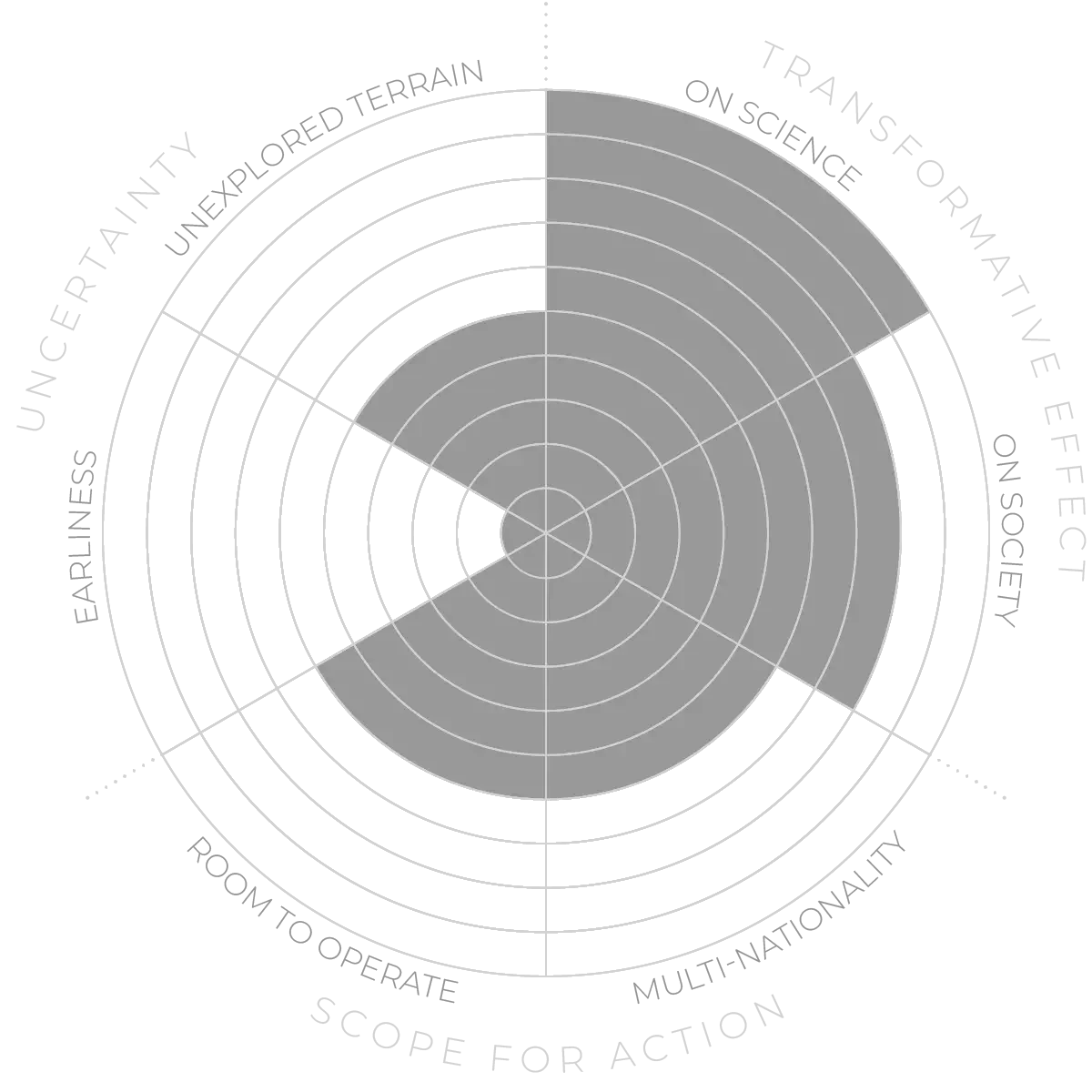Future Horizons:
10-yearhorizon
AI assists with proofs
25-yearhorizon
AI ubiquitous in mathematics research
A complication comes from the tendency for AIs doing mathematics to “hallucinate” mathematical truths in ways that make their output unsuitable for use in formal proof. As yet, the field has yet to agree on what constitutes a good set of benchmarks for AI performance in a number of mathematical fields,8,9 making it extremely difficult to measure progress. Nonetheless, it is expected that theoretical advances in AI and ML will make their mathematics increasingly reliable and useful for pressing issues such as modelling the interactions of ocean, human and climate systems, as well as in basic science.10
Generative AI and statistical ML are being used by applied mathematicians and assisting with the design of physical systems. However, building AI that understands the real world means building “embodied” AI that works via the maths-based rules behind real-world physical processes, integrating symbolic and physical models. This will also produce more robust, efficient and explainable intelligence. Artificial general intelligence will not be achieved without new mathematical insights and architectures that unify and streamline the variety of paths currently being taken.
Machines - Anticipation Scores



